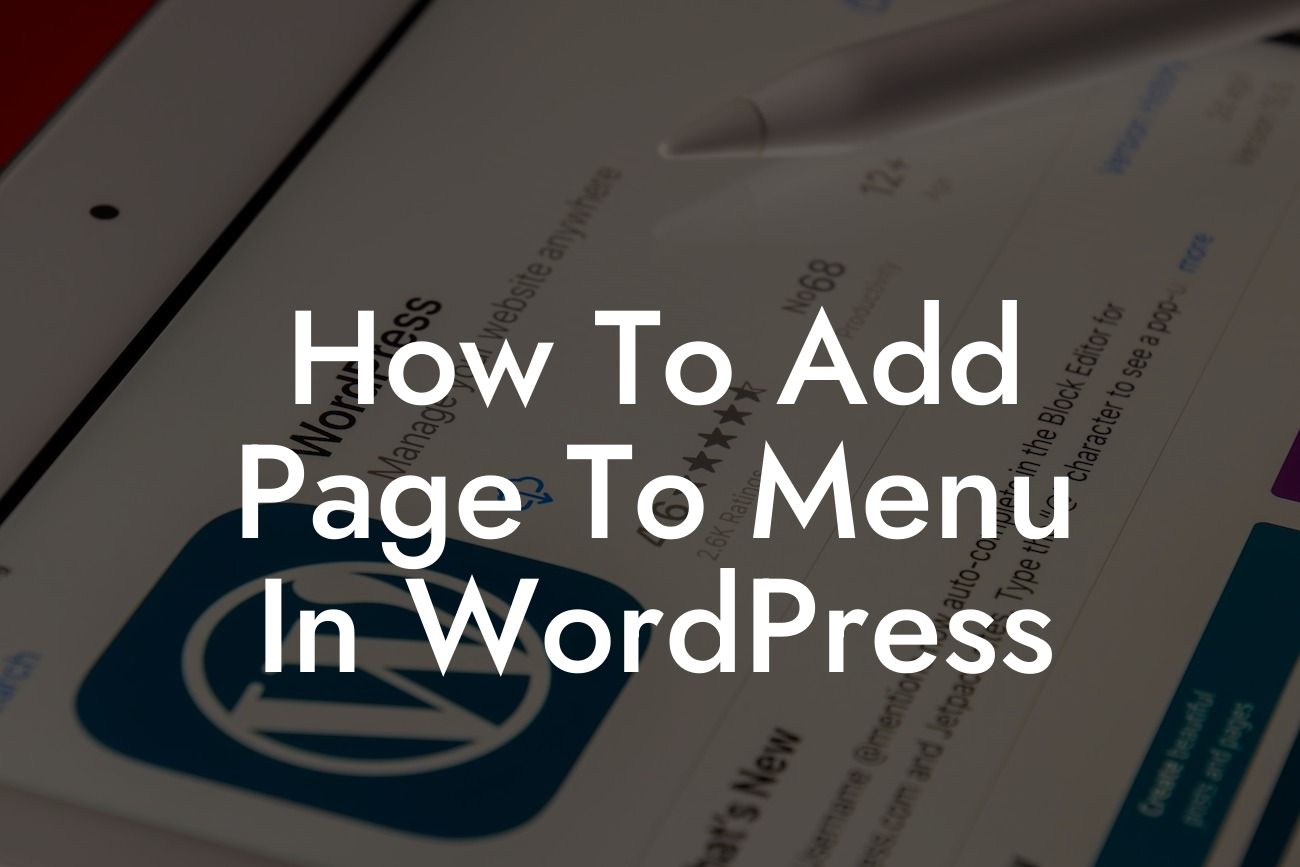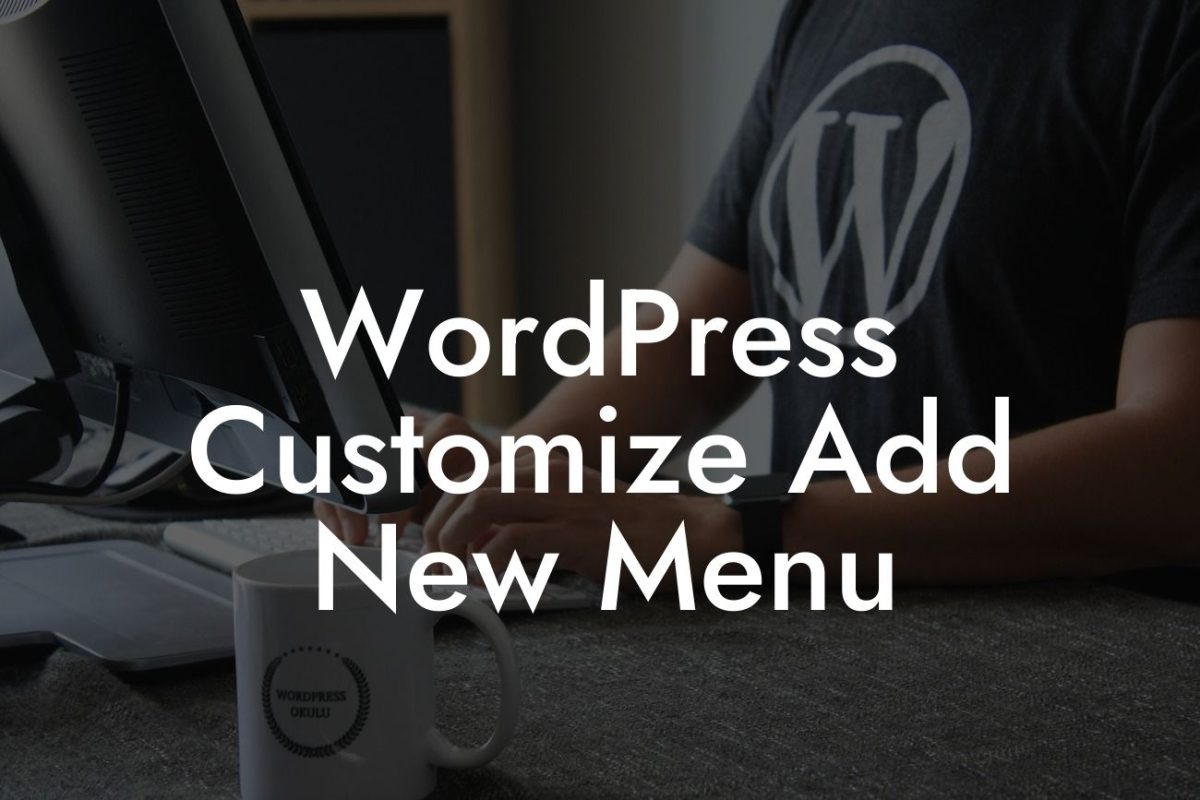Adding pages to your WordPress menu is a crucial step in enhancing your website's navigation and user experience. Whether you're a small business owner or an aspiring entrepreneur, having a well-organized menu is essential to guide your visitors seamlessly through your website. In this guide, we'll walk you through the process of adding a page to your menu in WordPress. So, let's dive in and optimize your website for success!
Engage your readers with a captivating heading that encapsulates the importance of an organized menu. For example, "Simplify Navigation with an Organized Menu Structure."
Next, provide an overview of the importance of having a structured menu. Explain how it helps visitors easily find the information they're looking for, encourages them to explore your site further, and increases the overall user experience.
Break down the steps to add a page to your menu, ensuring clarity and simplicity. Use H2 headings for each step and provide detailed instructions. Consider including relevant screenshots or visuals to enhance the comprehension and appeal of your article.
- Step 1: Access your WordPress dashboard
Looking For a Custom QuickBook Integration?
- Step 2: Navigate to the Appearance section
- Step 3: Select the Menus option
- Step 4: Choose the menu where you want to add the page
- Step 5: Locate the page you want to add in the Pages section
- Step 6: Check the box next to the page
- Step 7: Click on the Add to Menu button
- Step 8: Arrange the menu item position
- Step 9: Save the changes and preview your menu
Throughout these steps, emphasize the importance of considering the hierarchy and organization of your menu. Encourage readers to think about their website's structure and how they want their visitors to navigate through it.
How To Add Page To Menu In Wordpress Example:
Paint a picture of a small business owner, Sarah, who owns an online clothing store. Explain how adding a "New Arrivals" page to her WordPress menu can enhance the user experience and increase sales. Showcase how Sarah's customers can now easily access the latest products, resulting in higher engagement and conversions.
Wrap up the article with an engaging outro that motivates readers to take action. Encourage them to share the article with their network, explore other valuable guides on DamnWoo, and finally, entice them to try one of DamnWoo's awesome plugins to further optimize their WordPress website.
Close with a call-to-action that inspires readers to take the next step in improving their website's navigation: "Don't let your menu be an afterthought. Elevate your online presence and supercharge your success today with DamnWoo's plugins!"
Remember, adding pages to your menu might seem like a small task, but it plays a significant role in optimizing your website's navigation. Take the time to organize your menu properly and reap the rewards of an exceptional user experience.













